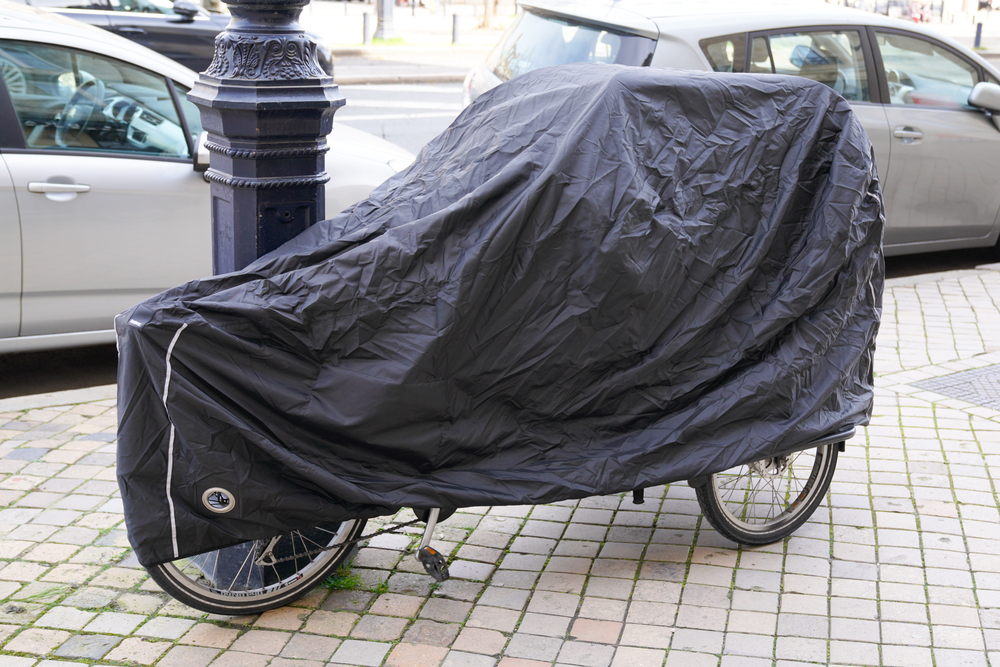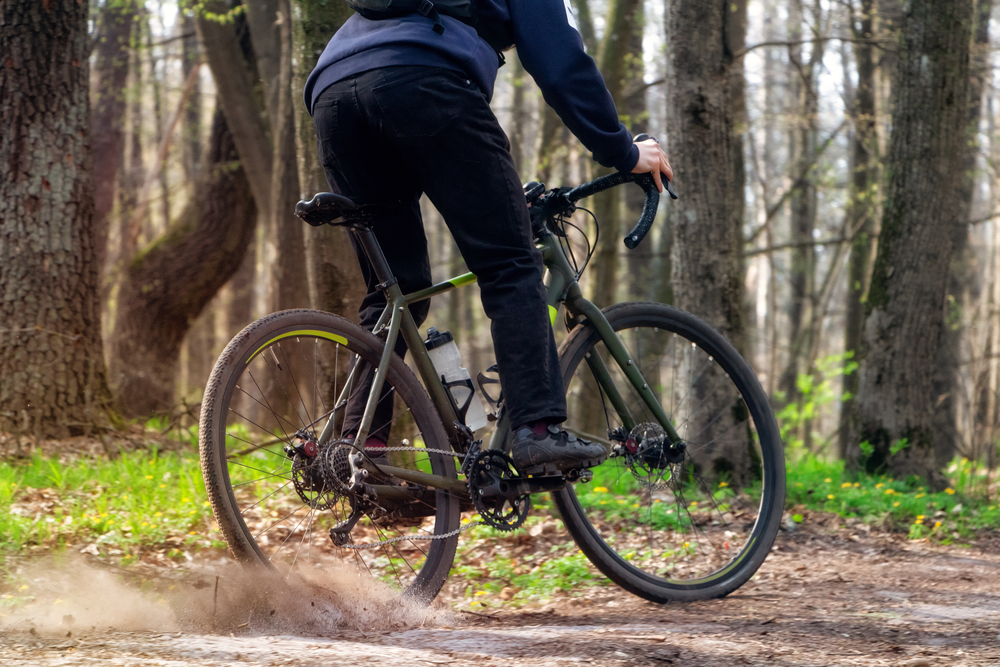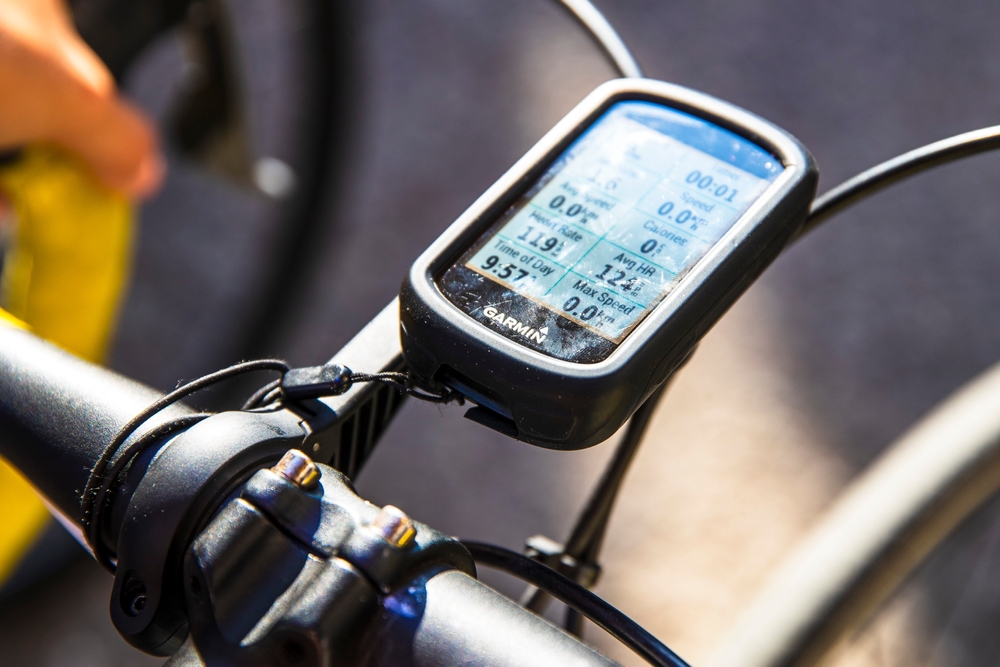Understanding the Dropper Post
Dropper posts are one of the most significant advancements in mountain biking tech over the past decade. They offer the ability to adjust the saddle height on-the-fly, which can dramatically improve the ride experience on varying terrain.
What is a Dropper Post?
A dropper post is a type of seatpost that can be raised or lowered with a remote control, usually mounted on the bike’s handlebar. This allows the rider to quickly change the saddle height to better suit different riding conditions. When faced with a steep descent, lowering the saddle gives the rider more room to maneuver and shift their weight. Conversely, raising the saddle during climbs optimizes pedaling efficiency.
How Dropper Posts Work
Inside a dropper post, a hydraulic or mechanical system allows for smooth adjustments. A cable or hydraulic line connects the remote lever to the post itself. Engaging the lever releases or adds pressure, enabling the seat to move up or down. The most common designs use hydraulic pressure and air springs or mechanical actuators and coil springs.
Benefits of Using a Dropper Post
- Improved Control: Lowering the saddle decreases the center of gravity, enhancing control during descents and technical sections.
- Quick Adjustments: On-the-fly adjustments save time and effort compared to manual height adjustments.
- Increased Comfort: Tailoring saddle height to specific sections of the trail increases overall comfort and reduces fatigue.
Types of Dropper Posts
Dropper posts can be categorized based on the actuation mechanism and the type of drop.
- Cable-Actuated Posts: These use a cable to control the seatpost mechanism. They are usually less expensive and simpler to maintain but may need more frequent adjustments.
- Hydraulic Actuated Posts: These use hydraulic fluid to control the movement. They provide smoother operation and consistent feel but can be more challenging to service.
- Fixed Drop Posts: These allow only specific increments of drop, for example, 100mm or 125mm.
- Infinite Drop Posts: These offer smooth, unlimited adjustment over a range, providing more versatility.
Choosing the Right Dropper Post
When selecting a dropper post, consider the following factors:
- Travel Length: This is the range the post can move up and down. Common lengths are 100mm, 125mm, 150mm, and 170mm. Your choice depends on your riding style and body geometry.
- Diameter: The post must fit your bike’s seat tube diameter. Common diameters are 30.9mm, 31.6mm, and 34.9mm.
- Seatpost Routing: Consider if your bike supports internal or external cable routing for a cleaner setup and easier maintenance.
- Weight: Lighter posts are generally better for performance but may come at a higher cost.
- Price: Balance your budget with the need for features and reliability. High-quality posts are often a worthwhile investment.
Installation and Maintenance
Installing a dropper post can be straightforward but may require specific tools and knowledge. It often involves routing the cable or hydraulic line through the frame. Manufacturers provide detailed instructions, and many online tutorials can guide you. Regular maintenance involves cleaning the stanchion, ensuring cables are properly tensioned, and checking the hydraulic system for leaks. Keeping the post clean and lubricated can extend its life and ensure smooth operation.
Popular Dropper Post Brands
Several brands have established themselves as leaders in dropper post technology:
- RockShox Reverb: Known for their hydraulic actuation and smooth performance. They offer a wide range of travel lengths and diameters.
- Fox Transfer: Renowned for reliability and ease of use. They’ve built a solid reputation with their quality construction.
- KS Lev: Famous for their cable-actuated posts. They offer a variety of models that are easy to install and maintain.
- PNW Components: A newer player offering high-quality posts at competitive prices. They’ve become popular for their value and performance.
- OneUp Components: Known for their lightweight and user-friendly design. They also provide extensive options for customization.
Real-World Applications
Mountain bikers widely use dropper posts to tackle varied trail conditions efficiently. Enduro racers benefit from the rapid adjustments when transitioning from downhill to uphill sections. Trail riders appreciate the added control and confidence on technical descents. Even cross-country riders are starting to recognize the advantages of dropper posts in improving their overall versatility and speed on technical courses.
Technical Advancements
The technology behind dropper posts continuously evolves. Recent advancements include improved sealing to enhance durability and minimize maintenance. New designs often focus on weight reduction and better ergonomics for the remote control. Integration with electronic shifting systems is also becoming popular, offering seamless operation and synchronization between shifting and saddle adjustments.
Potential Drawbacks
No product is without its downsides. Dropper posts can add weight to the bike, and their complexity might require more maintenance compared to a traditional seatpost. Hydraulic systems, in particular, can be more challenging to repair in the field. Additionally, the initial cost can be higher, making it a significant investment for recreational riders.
Future Trends
The future of dropper posts looks promising, with ongoing innovation driving the industry. Expect to see more integration with other bike systems and continued improvements in reliability and ease of use. There is also a growing trend towards customizability, allowing riders to fine-tune the performance to their exact needs.
Dropper posts have revolutionized the way many riders approach mountain biking. Their ability to quickly and easily adjust saddle height provides a significant advantage on the trails. Understanding the different types, features, and maintenance requirements can help you make an informed decision and get the most out of this remarkable piece of equipment.






